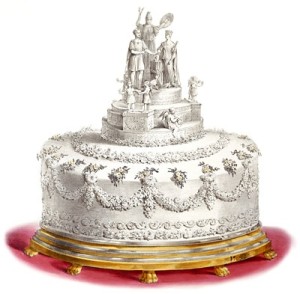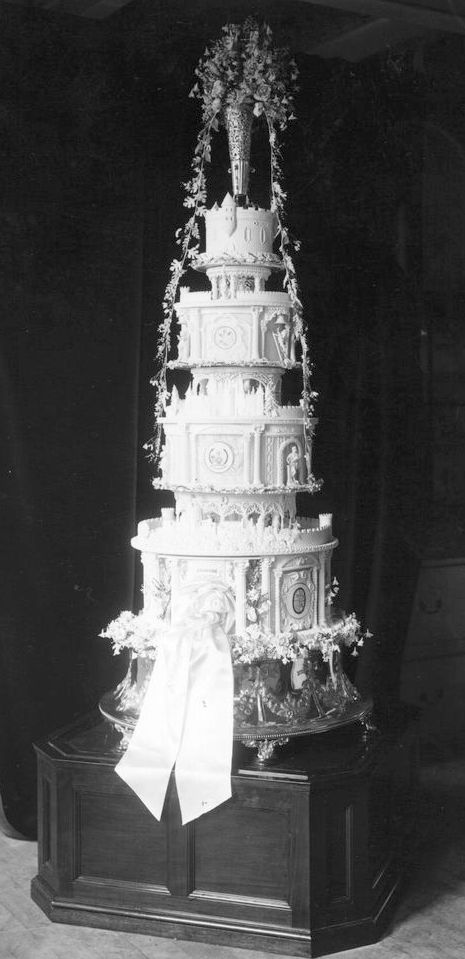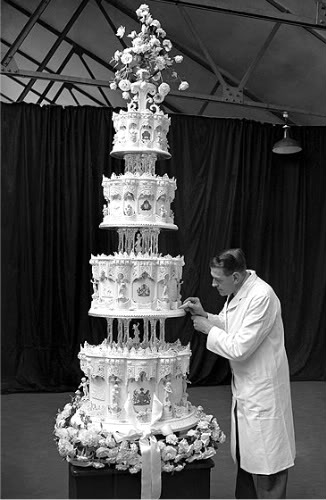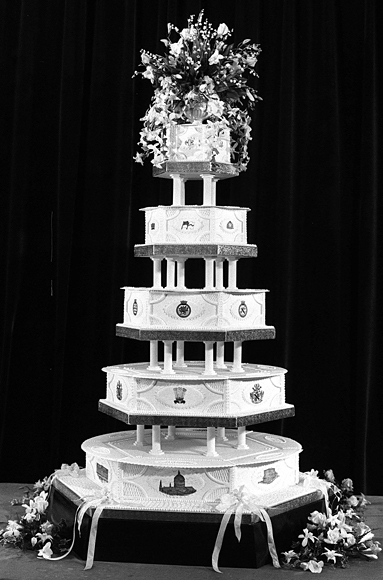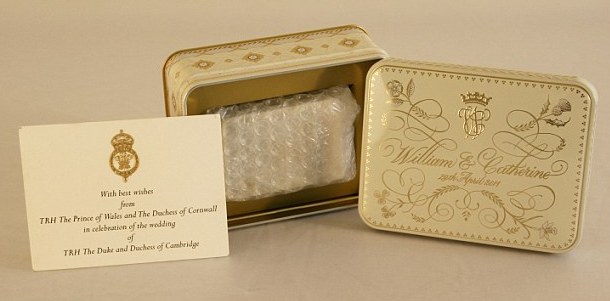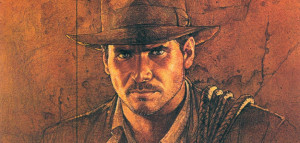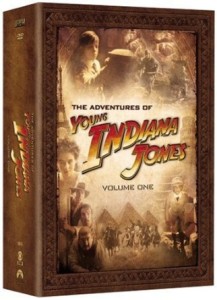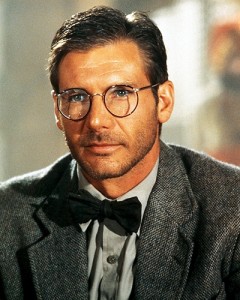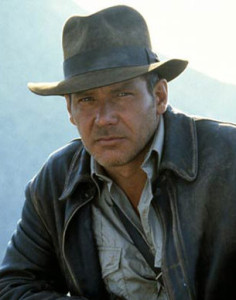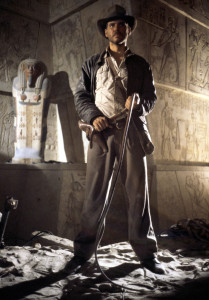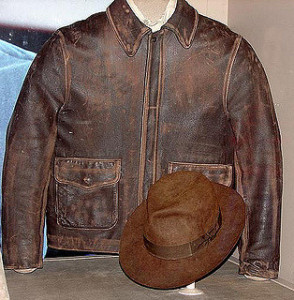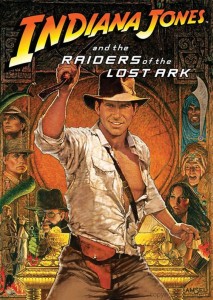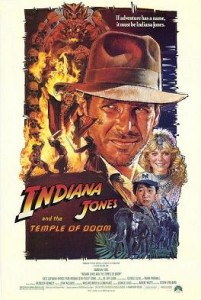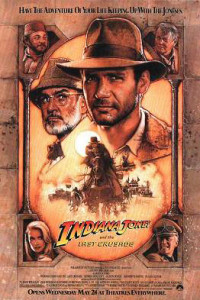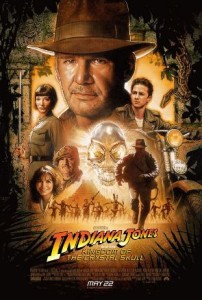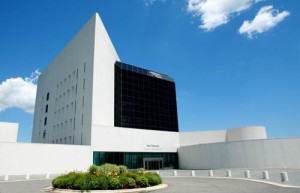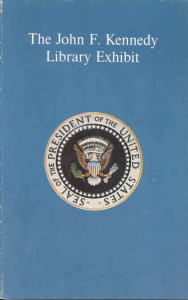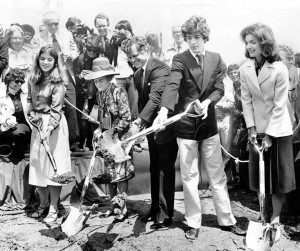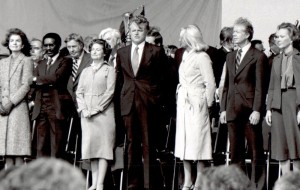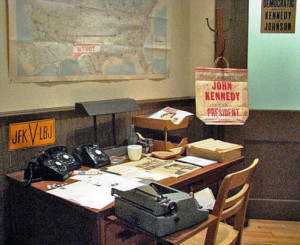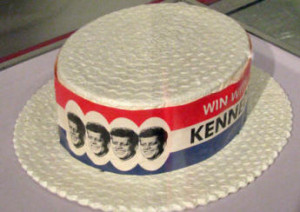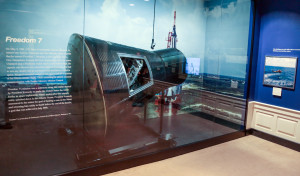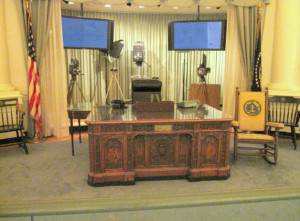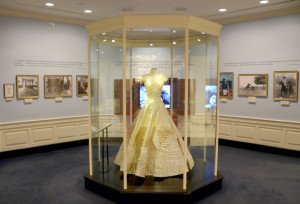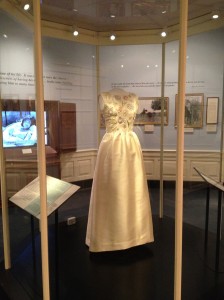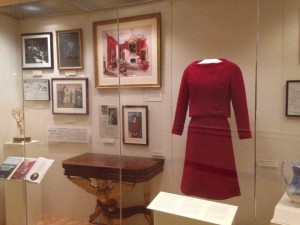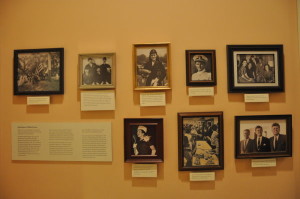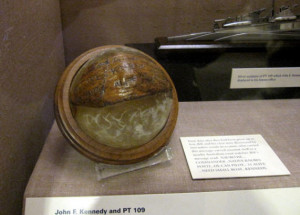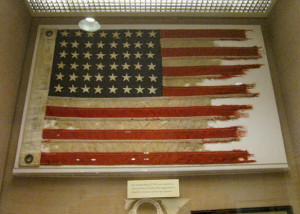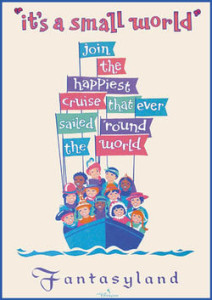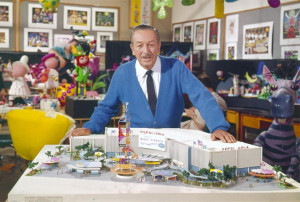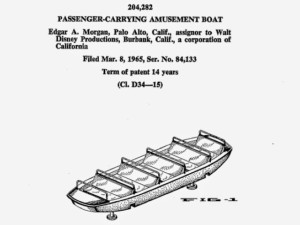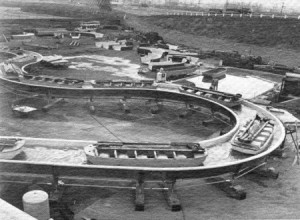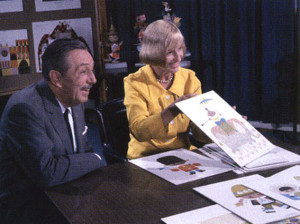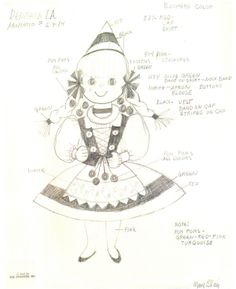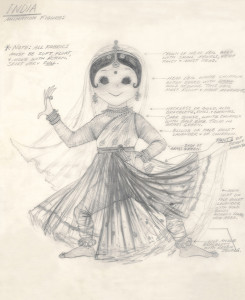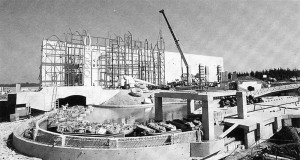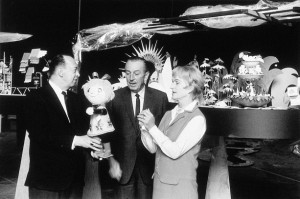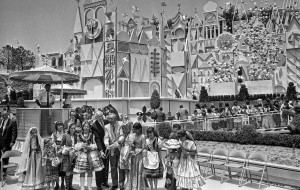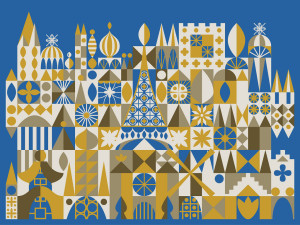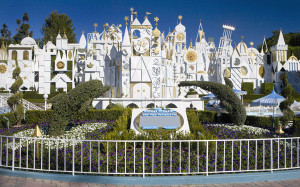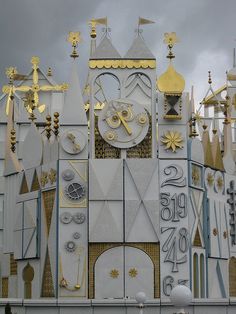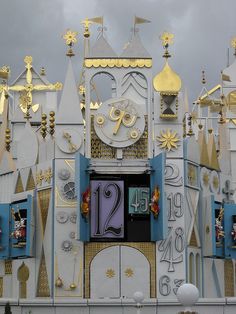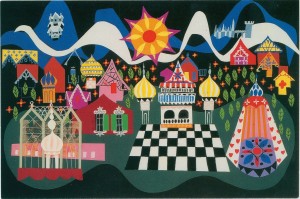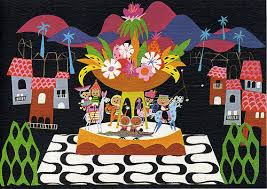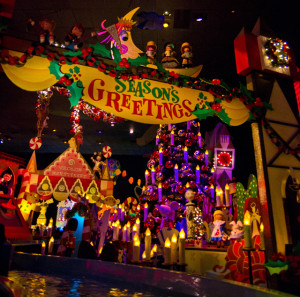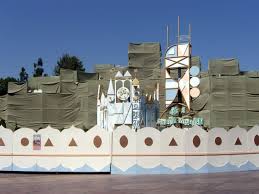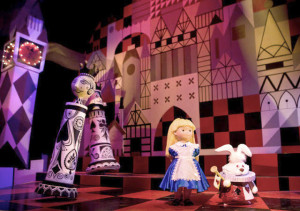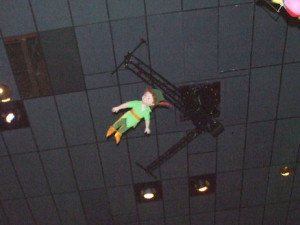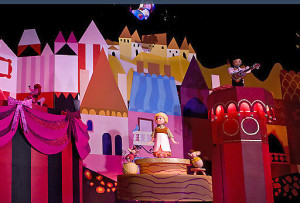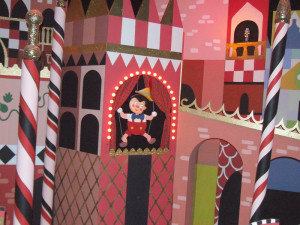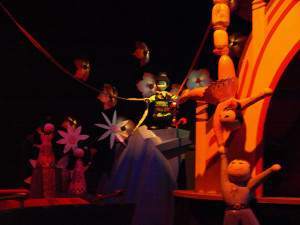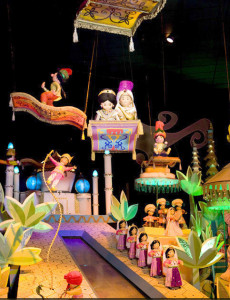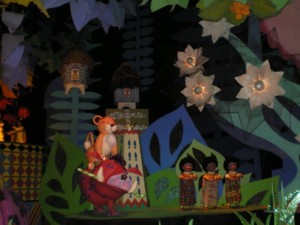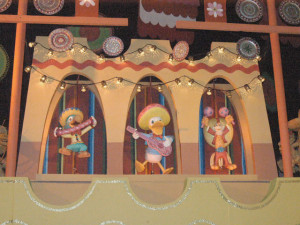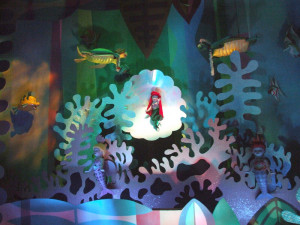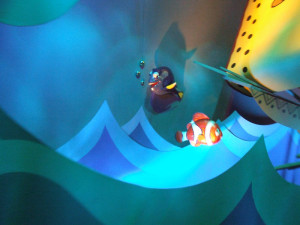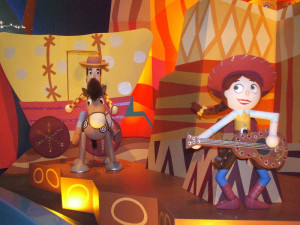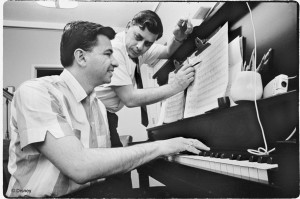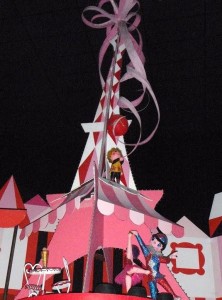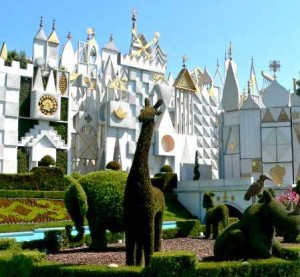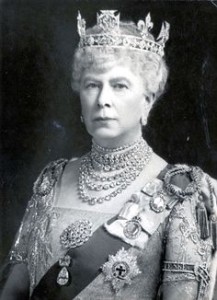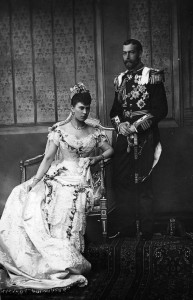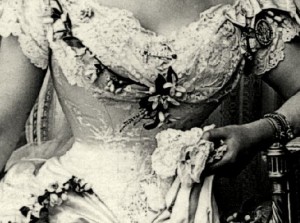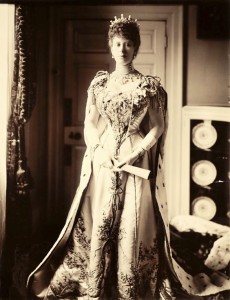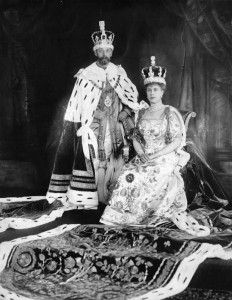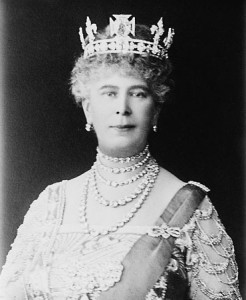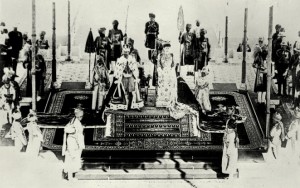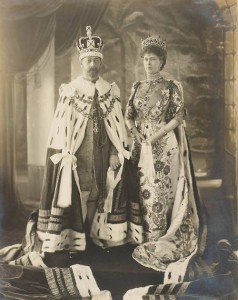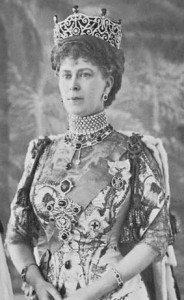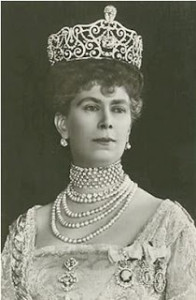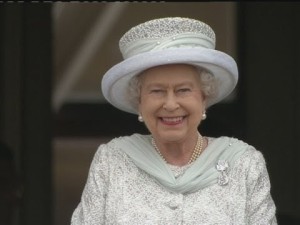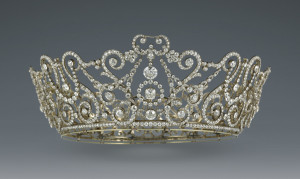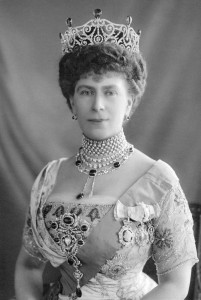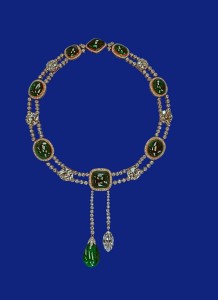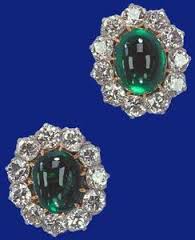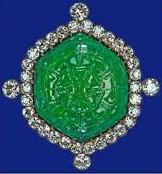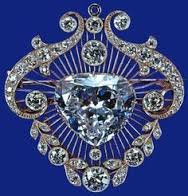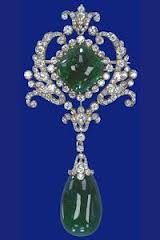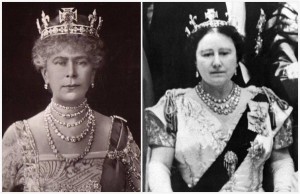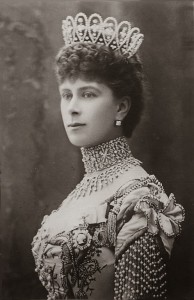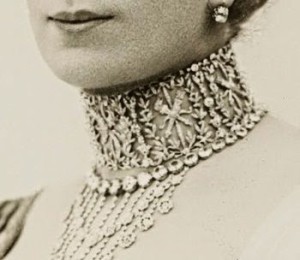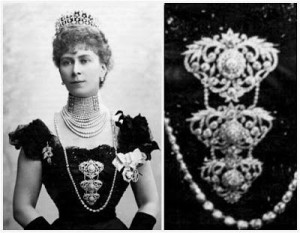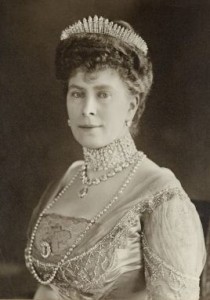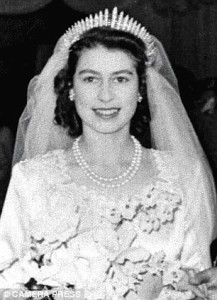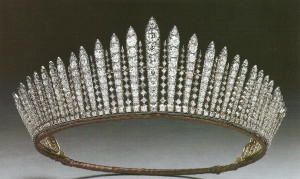Previous posts on this blog discussed several of the British Royal Weddings, starting with Queen Victoria and Prince Albert in 1840 to the most recent wedding of Prince William and Catherine Middleton in 2011 while another post discussed the dresses of each of the British Royal brides. (For more detailed information about the British Royal Weddings and the British Royal Wedding Dress, please click on the links)
In this post, I will start by discussing several of the British Royal Wedding Cakes made throughout the years starting once again with Queen Victoria’s wedding to the wedding of Prince William and Catherine Middleton. Then, in closing I will discuss the history of wedding cakes including the meanings the various traditions and customs.
Queen Victoria and Prince Albert of Saxe-Coburg and Gotha
The wedding of Queen Victoria and Prince Albert took place in the Chapel Royal at St. James Palace on February 10, 1840. Afterwards, there was a wedding breakfast at Buckingham Palace were several cakes set out at the wedding breakfast, the main cake was a single layer about three yards in circumference and fourteen inches in height, it was noted to weigh approximately 300 pounds. The cake was covered in white icing and decorated with several figurines and other floral embellishments. The cake top was almost a foot in height and featured a Britannia figurine and another figurine representing Queen Victoria on the right with a pair of turtle doves at her feet, while on the left was a figurine representing Prince Albert with a dog at his feet. A cupid figurine appears to be writing the date of marriage into a book and there a several additional cupids bearing the emblems of the United Kingdom. A photo of the cake is shown below.
Prince Edward and Princess Alexandra of Denmark
Prince Edward (later King Edward VII) and Princess Alexandra were married at St. George Chapel in Windsor Castle on March 10, 1863. A wedding breakfast for five hundred guests was held afterwards to honor the bridal couple. Like his mother before him, several wedding cakes were made for the reception with the main wedding cake shown in the photo below. The cake was described as follows: “it was a three-tiered cake with white icing, at the base were rose, thistle and shamrock festoons intertwined with with the British and Denmark coat of arms. On the tiers were reflectors and figures of cupids with harps and near the top of the cake were two sating flags painted with the images of the Prince and Princess. At the very top were a Prince coronet with three ostrich feathers”, the symbol of the Prince of Wales.
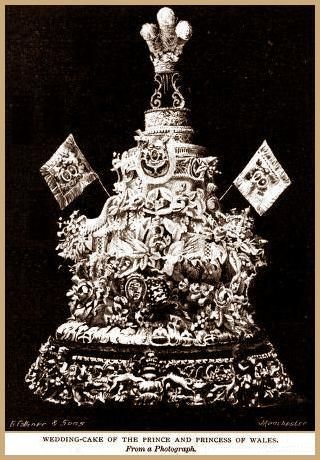 Prince George and Princess May of Teck
Prince George and Princess May of Teck
Prince George (later King George V) and Princess May (later Queen Mary) were married at the Chapel Royal in St. James Palace on July 6, 1893, followed by a wedding breakfast at Buckingham Palace. The main wedding cake measured almost seven feet high and it took over five weeks to make with almost forty separate pieces of plaster used to create the figure molds; it is shown on the photo on the left. The photo on the right shows the “second cake” which was smaller, measured four and a half feet tall and weighed almost 225 pounds. The cake is decorated with symbols reflecting Prince George’s naval career.

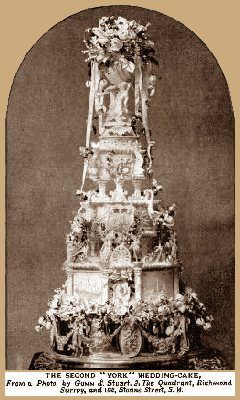
Prince Albert and Lady Elizabeth Bowes-Lyon
Prince Albert (later King George VI) and Lady Elizabeth (later the Queen Mother) were married at Westminster Abbey on April 26, 1923, a wedding breakfast followed at Buckingham Palace. There were fourteen wedding cakes and the main cake was ten feet tall and weighed 300 pounds. The cake had nine tiers, the first tier featured Windsor Castle and St. George Chapel. On the second tier featured Glamis Castle (the ancestral home of Lady Elizabeth) and on the third tier were Masonic emblems (both Prince George and the Earl of Strathmore, the father of the bride were both masons)
Princess Elizabeth and Lieutenant Philip Mountbatten
Princess Elizabeth (later Queen Elizabeth II) and Lieutenant Phillip Mountbatten (later the Duke of Edinburgh) were married on November 20, 1947 at Westminster Abbey. As with most royal weddings, there were several wedding cakes. The main cake was a four tier cake was nine feet high and weighed 500 pounds, it is shown in the photo below. The cake was elaborately decorated with Tudor roses, charming cupid figures, lavish columns and royal insignias. At the wedding breakfast the wedding cake was cut the Duke of Edinburgh’s military sword.
Prince Charles and Lady Diana Spencer
Prince Charles and Lady Diana were married on July 29, 1981 at St. Paul’s Cathedral. For the wedding breakfast held at Buckingham Palace there were an amazing 27 wedding cakes. The main cake was five tiered and stood five feet high was styled simply with only a few embellishments and took fourteen weeks to create. The cake was decorated with white royal icing and featured the Windsor coat of arms made in marzipan; also the couple’s initials were used to adorn the cake. The cake was topped with fresh flowers including roses, lilies of the valley and orchids.
Prince William and Catherine (Kate) Middleton
Prince William and Catherine Middleton, now known as the Duke and Duchess of Cambridge, were married on April 29, 2011 at Westminster Abbey. In following the royal tradition, a wedding breakfast was held after the ceremony at Buckingham Palace. Fiona Cairns decorated the traditional fruit cake was covered with white fondant and the customary piping and scrollwork; she also incorporated many historical and symbolic decorations. There were the traditional gum paste flowers including the rose for England, the thistle for Scotland, daffodils for Wales and shamrocks for Ireland. As a special touch the Sweet William flowers, symbolizing gallantry, were also used to honor the groom.
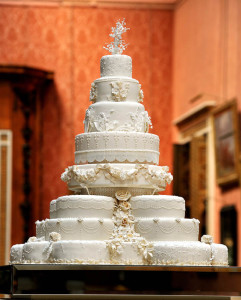
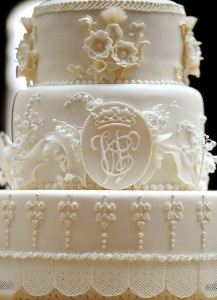
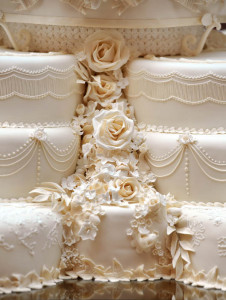
Barry Colenso, a master chocolatier, worked with the McVitte Cake Company to create a special cake as requested by the groom. The actual recipe came from Buckingham Palace and it was based on a classic Tiffin cake which was Prince William’s favorite as a child. Extra decorations were added in the form of white chocolate flowers, each was was created by hand and took over 6 hours to make.
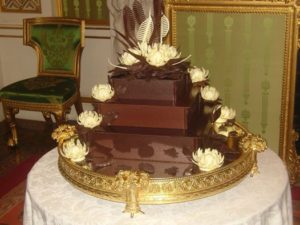
A brief history of wedding cakes
Some historians trace the tradition of a wedding cake back to ancient Rome. The custom started with the simple act of breaking bread in half over the head of the bride to bring good luck to the married couple, this symbolized the “breaking of the bride’s virginal state and the subsequent dominance of the groom over her!
In Medieval England at the wedding celebration cakes were stacked high and the bride and groom would try to kiss over the tower of pastries, if the couple could manage to kiss it was determined that they would have a happy and prosperous life together. Special Note: In some European countries today a croquemouche dessert is made from several stacked profiteroles (cream puff pastries), often decorated with spun sugar, which is frequently served at weddings, baptisms or first communions.
In the 17th century the custom was to have two cakes, one known as the bride’s cake and the other the groom’s cake. The bride’s cake traditionally was a pound cake with white icing to symbolize virginity and purity. The groom’s cake was usually a smaller, dark and rich fruit cake which symbolized fertility. By, the 19th century the custom of two cakes died out and a larger multi-tiered elaborately decorated cake took center stage at the wedding celebration, in the southern states of the United States the groom’s cake is still a tradition.
By the 19th century, the wedding cake for a royal or an aristocratic celebration was a lighter cake made with refined white sugar. Sugar was very expensive to be used in general baking and by making the wedding cake in this way a family could show their wealth and social status. In Victorian times, wedding cakes were generally single-layered. Then a three tiered cake debuted at the Great Exhibition of Crystal Palace Exhibition in London, the first tier was made of cake while the other two tiers were made entirely of sugar. This multi-tiered cake became popular for wedding cakes, dowels were used to separate the layers and the decorations became even more elaborate.
One of the most popular traditions at a wedding celebration is the cutting of the cake. Originally the cake would be cut and the bride would distribute the slices to the guests. As wedding receptions grew in size through the years, the bride and groom would cut the cake, sharing the first slice between each other symbolizing their union and the ability to provide for each other in their future life together.
Two other charming traditions are associated with wedding cake. The first is the cake pull custom which dates back to the Victorian era. Silver charms attached to silk ribbons were placed inside the cake. During the wedding reception the bridesmaids would pull the ribbons/charms from the cake, each charm would have a different meaning. Today, the cake pull is still a popular tradition in the southern states.
The second (dare I say sweet!) tradition involves a slice of the wedding cake. Superstitiously in the past many bridesmaids cut a small piece of wedding cake, pass it through a bride’s wedding ring for luck and then it would be wrapped and placed under their pillow in the hopes that they would “dream about their future husband”. Later this custom evolved into slices of wedding cake specially packaged individually for guests to take home after the wedding to eat later or maybe perhaps to be tucked under their pillows! Shown in the photo below is a slice from the wedding cake of Prince William and Catherine Middleton.

